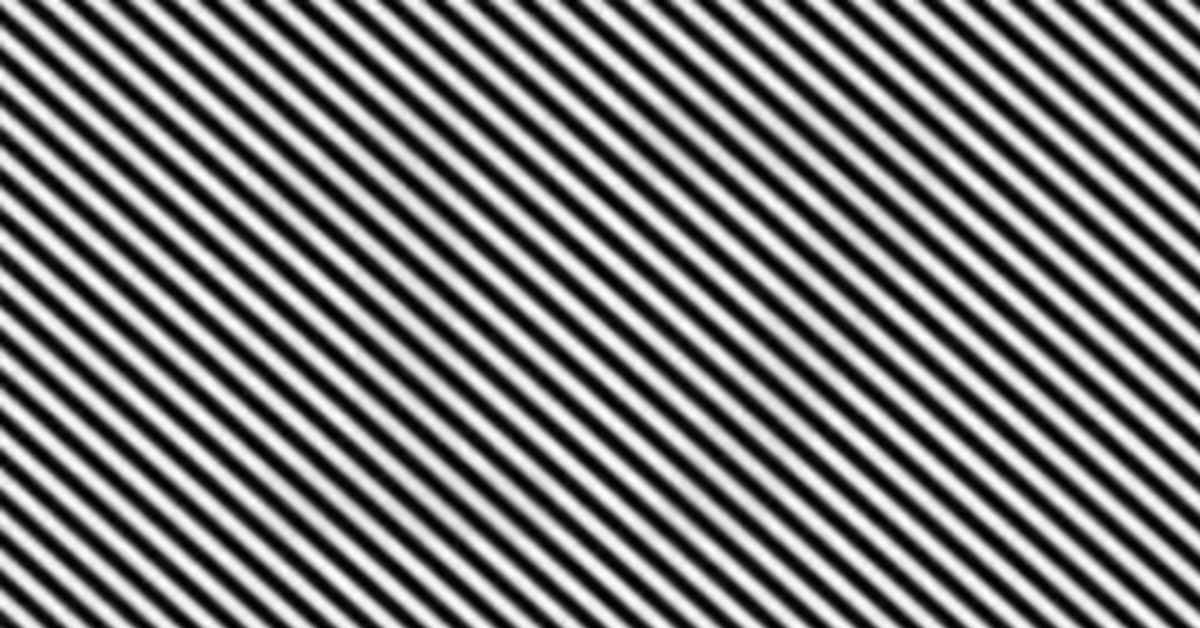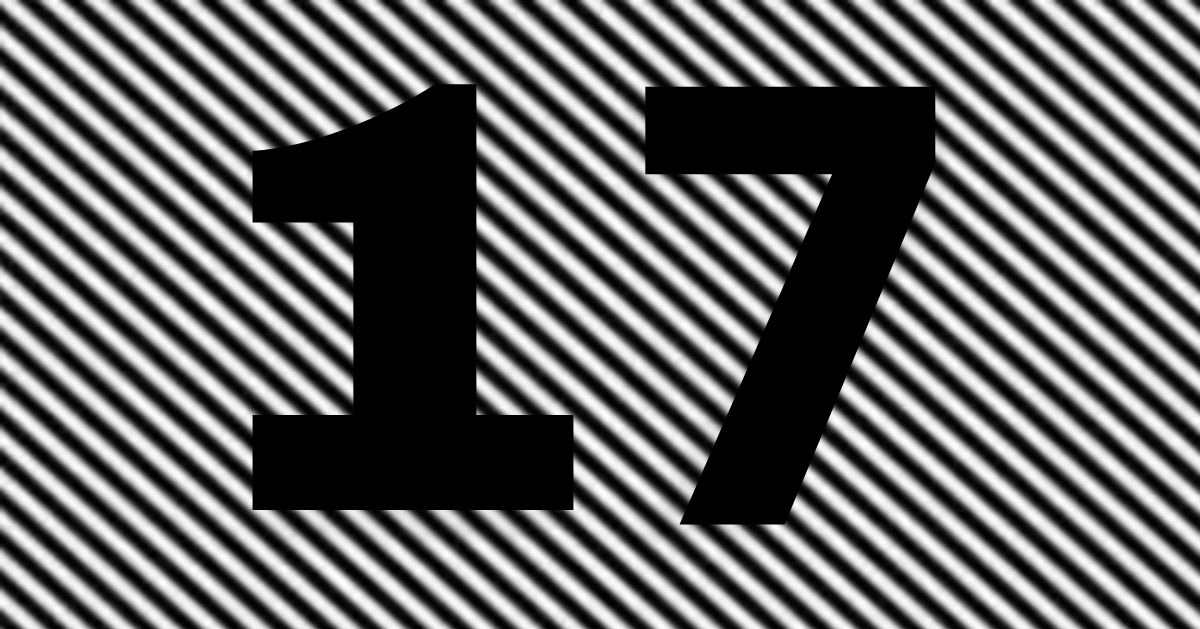Optical illusions, also known as visual illusions, are visual stimuli that are misinterpreted by the brain, leading to a perception different from reality. These illusions demonstrate how your eyes and brain work together to interpret visual information, often by relying on clues about depth, shading, lighting, and position. Visual illusions, dating back to ancient times, continue to be a subject of ongoing research. The study of visual illusions can be traced back to ancient Greece, where philosophers like Epicharmus, Protagoras, Plato, and Aristotle explored how our eyes and brain can misinterpret visual information.
The illusion today in the image, characterised by repeating diagonal lines, likely falls under the category of distorting or geometrical optical illusions. Johann Joseph Oppel is credited with being the first to systematically study and coin the term 'geometrical optical illusions. He published his findings in the mid-1800s. These involve distortions of size, length, position, or curvature. Such illusions highlight the brain's tendency to make unconscious inferences when processing visual information.
This visual illusion can be challenging and daunting to figure out the hidden number. But if you wish to take the challenge and prove you have an IQ score above 200, you have 21 seconds to flex your mental prowess. Ready?
Test your visual IQ: can you spot the hidden number in this optical illusion in 21 seconds?

This viral optical illusion is a work of art from ancient times. This geometrical optical illusions hides a number in plain sight.
Hidden number visual illusions involving geometrical lines can be tough to solve. You need to carefully analyse the image, look for patterns, and use techniques like zooming in and adjusting your viewing perspective.
Geometric illusions often play with perspective, so try to adjust your viewing angle and even distance.
Look for patterns, shapes, or design that might reveal the hidden number. Pay attention to small details.
Apply problem-solving techniques. Changing viewing distance. Gradually move closer to or further away from the screen.
The number may become clearer at a specific distance.
Try changing the viewing angle. Try looking at the screen or image from different angles, for example, from the side or slightly above or below, rather than directly head-on.
Lightly squinting your eyes can sometimes help blur the stripes and make the hidden number more visible.
Understanding how perspective works can help you decipher how the illusion is created and how the hidden number might be camouflaged.
With careful observation, you might succeed at spotting the hidden number. Any luck so far?
Optical Illusion Answer: The hidden number is ...
17. Yes, when viewed correctly, the hidden number that appears in this specific optical illusion is 17. You have great perception skills if you aced this challenge.

You may also like...
Are You A Practical Woman? The Way You Carry Your Handbag Reveals Your Hidden Personality Traits!
Comments
All Comments (0)
Join the conversation